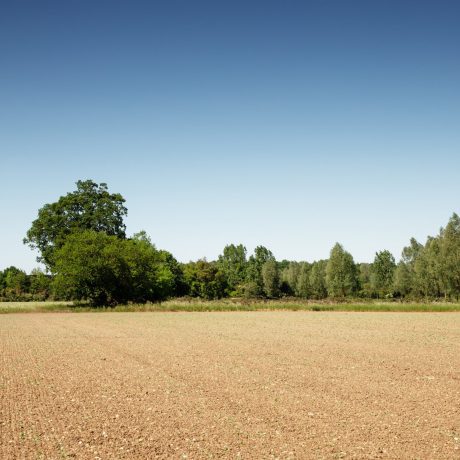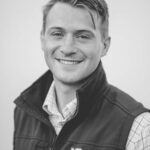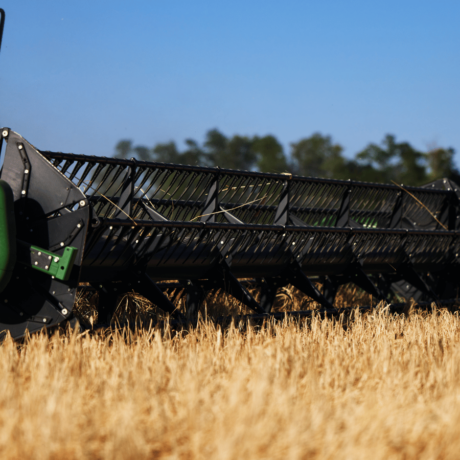CERES RURAL OUTLINES SIX STEPS FOR A SUSTAINABLE FUTURE
Alice Andrews
Jun, 23 2022Six practical steps that can be taken to develop a more sustainable or regenerative approach to farming practices are being highlighted by Ceres Rural at this year’s Cereals Event and were featured in a recent Farmers Weekly article.
Given the difficult trading conditions, many farm businesses are looking to reduce their reliance on increasingly expensive inputs while maintaining their margins, points out the leading rural consultancy.
Whether they are implemented swiftly or phased in gradually, simple actions can bring big benefits, advises associate partner Alice Montrose.
“These six steps bring costs savings and environmental gains, without increasing the farm’s exposure to risk.
“As such, they also help to move farm businesses forward and prepare them for the first component of ELMS, the Sustainable Farming Incentive, which will be open for applications shortly,” she adds.
These are just a few simple changes that can be easily implemented at a low risk; other practices to improve sustainability such as reducing cultivations, introducing livestock to an arable rotation and reducing the use of plastics on-farm require more attention, she suggests.
“Individual farm circumstances will dictate what’s possible, but most farms are looking for a more integrated approach that benefits the ecology and provides a return.”
1. Eliminate Insecticides
With the number of insecticide options declining and resistance to the remaining products building in pest populations, their effectiveness is waning, points out Mrs Montrose.
“We know about the negative effects of insecticides,” she says. “By eliminating their use, we can tip the balance between natural enemies and pests in favour of the former.”
2. Keep a living root
The best way to keep soil biology thriving is to provide a continuous food source of living roots.
Alice explains “Use of cover crops, catch crops and companion crops are great for providing a diverse food source for the soil, but correct management of these is vital to ensure they do not hinder the performance of the cash crops”. The best way to feed the soil is specific to each farming system.
3. Raise Soil Organic Matter
Building soil organic matter levels will make soils more resilient and able to capture and store carbon, eventually allowing a reduction in the use of bagged fertiliser.
“Having a target for straw incorporation on a certain proportion of your land is one way of doing this,” she reports.
Not only will soil organic matter levels rise, soil structure and function will improve, giving better infiltration and water holding capacity.
4. Optimise Fertiliser Use
Use both soil and tissue testing to help determine nutrient levels and availability to the crop, so that fertiliser and micronutrient use can be targeted accordingly.
Apart from saving money, it will optimise use of fertiliser products, preventing any leaching and minimising any impact on the environment.
“A clearer picture of any deficiencies and a better understanding of crop need at key growth stages is easy to obtain from these tests.”
5. Make Good use of Organic Manures
Set a target for some of the farm’s fertiliser to come from an organic source – whether its farmyard manure, poultry litter, sewage cake or digestate.
With new guidance allowing the use of manures in the autumn providing there is no risk of water pollution, growers can make good use of materials to supply nutrients and improve soil health.
“A 25% target is achievable on most farms and will make a considerable difference to the fertiliser bill.”
6. Keep Pesticide use to a minimum
Be mindful of the impact of certain pesticides on soil biology and consider whether the applications are completely necessary. In some cases herbicides hinder the competitive ability of the crop more than they control the problem weed so weed seed return would have been better reduced by not spraying.
Fungicidal seed treatments should not be used on new or home saved seed. “Seed dressings are an input that can be removed easily. If there’s any doubt, seed can always be tested for disease before it is drilled,” notes Alice.
“We know that fungicidal seed treatments can have an undesirable impact on soil biology and upset the balance that has been encouraged by improving soil heath,”
Public pressure is putting spraying under intense scrutiny, she acknowledges, with greater justification likely to be needed for making certain applications.






